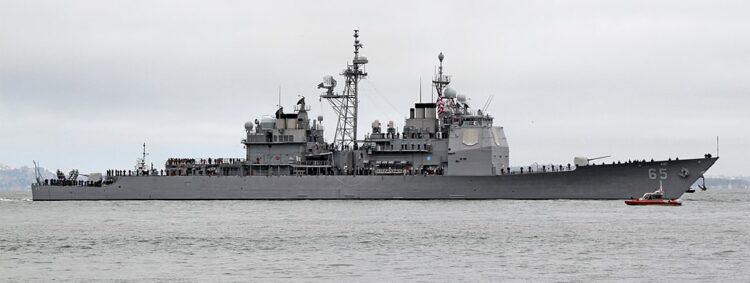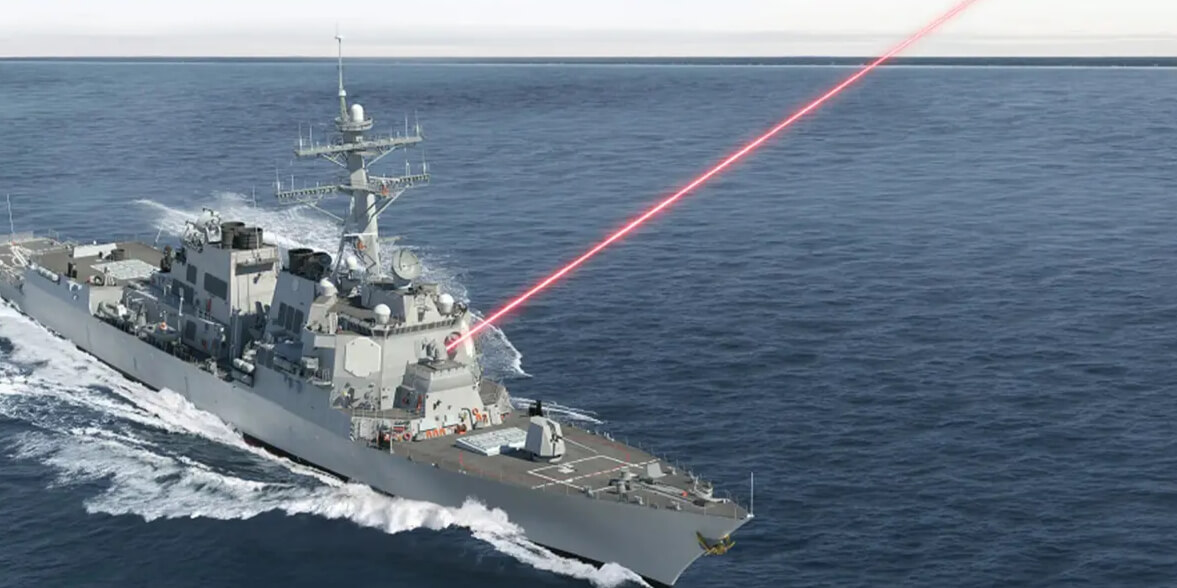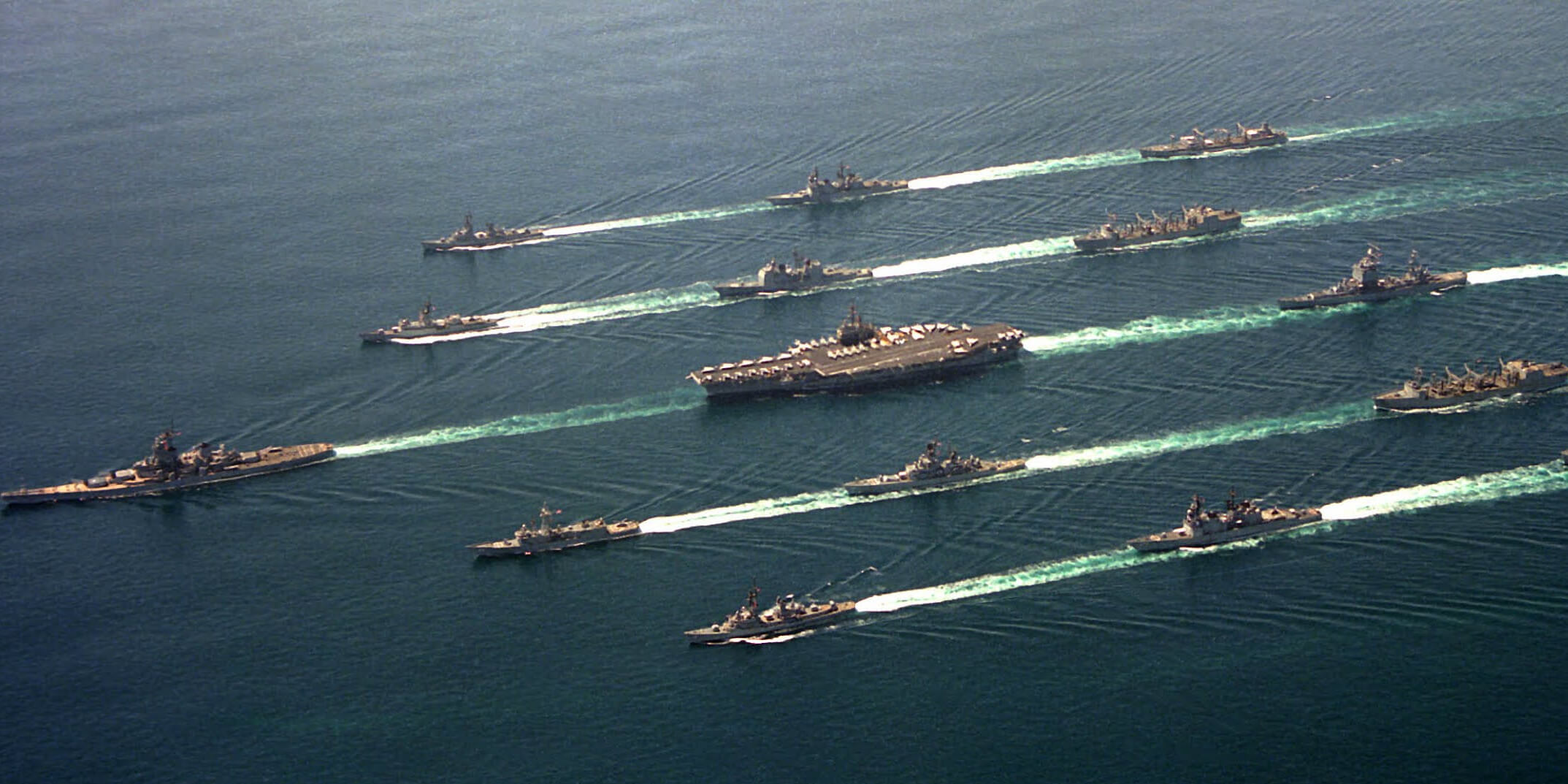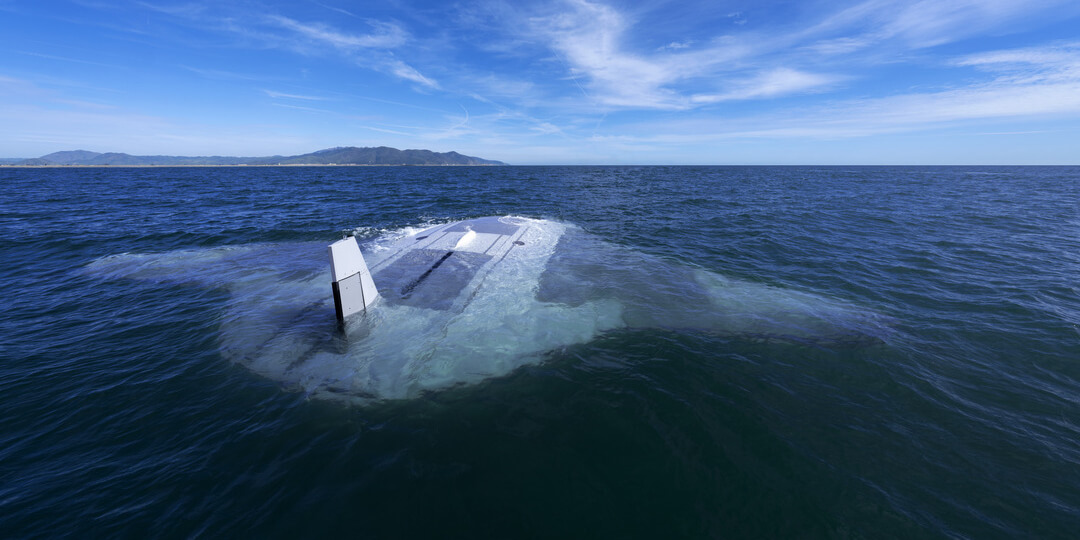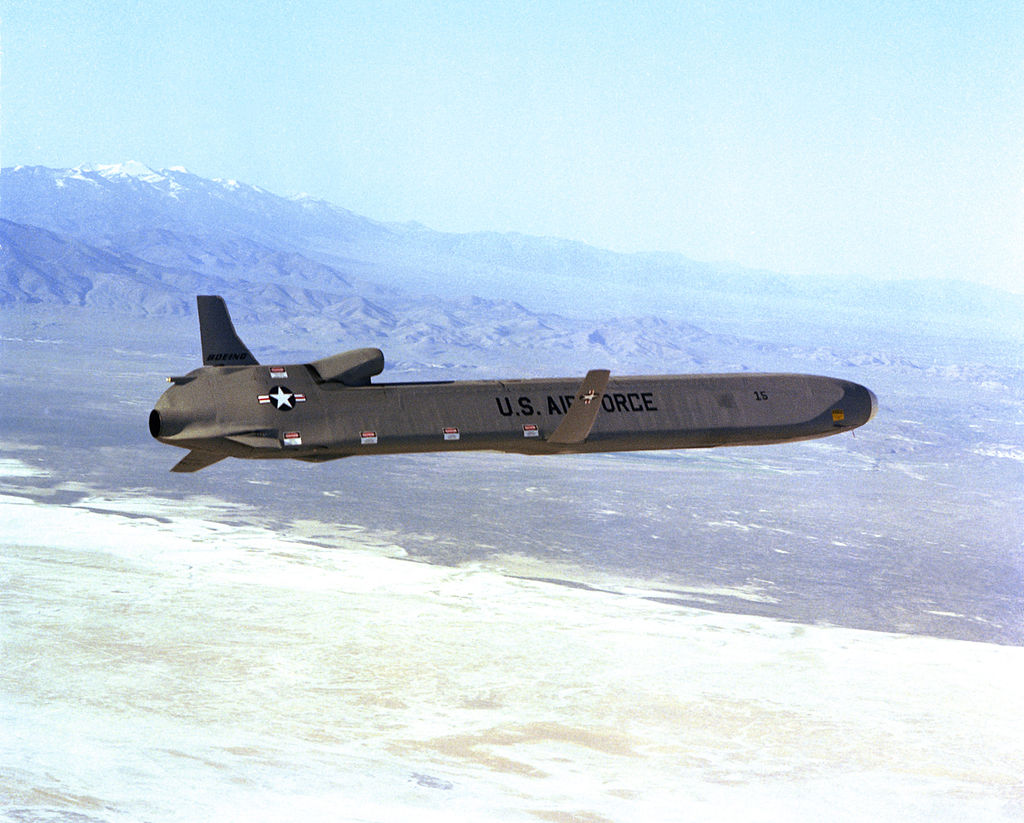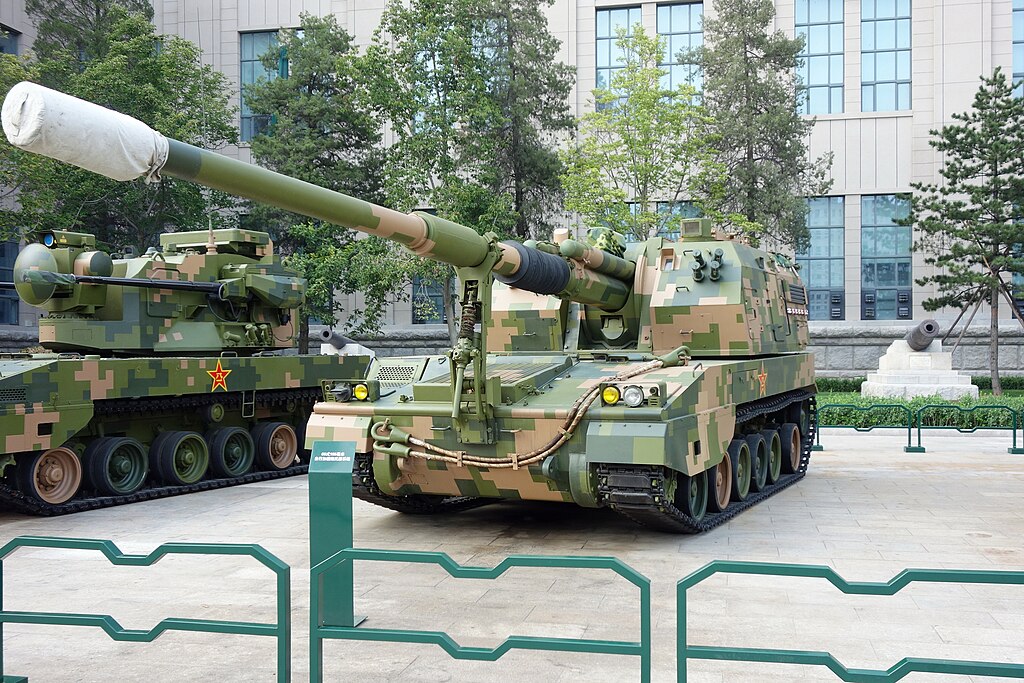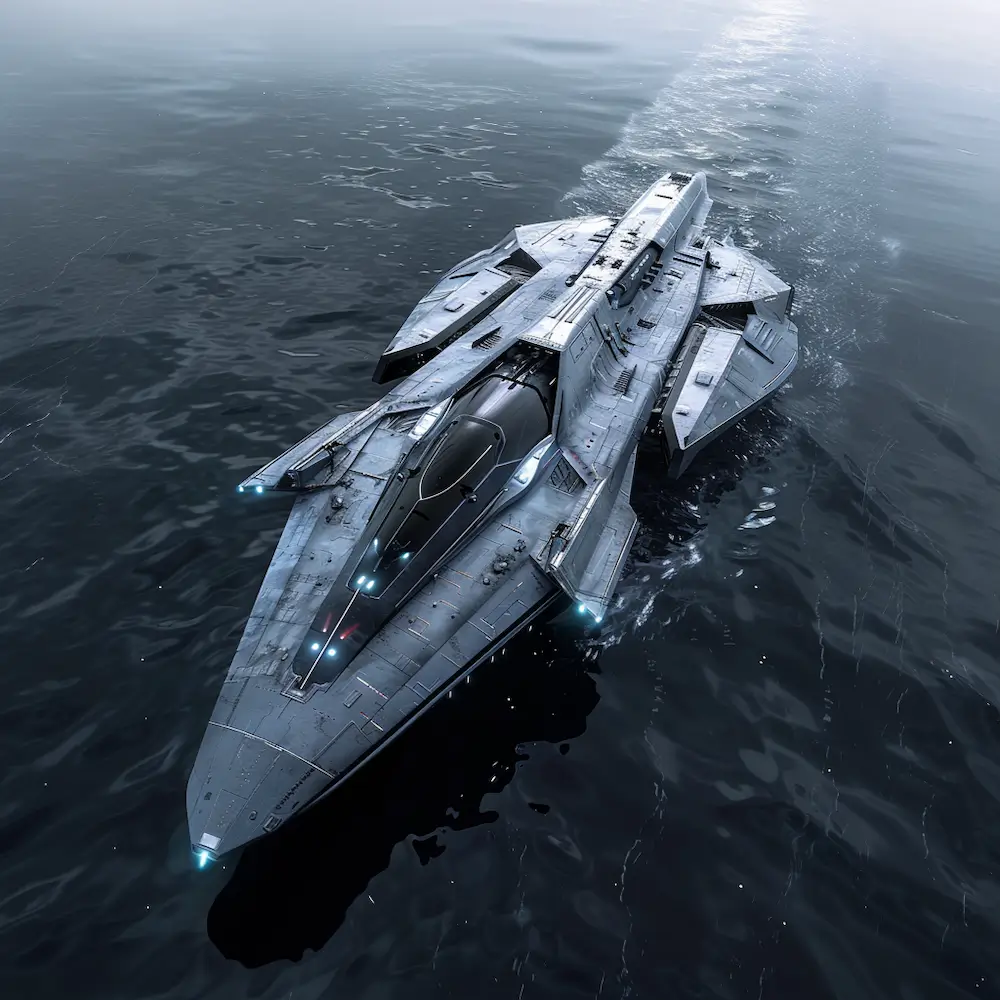Introduction
The Ticonderoga class guided missile cruisers are a class of warships in the United States Navy. These cruisers are equipped with advanced weaponry and systems that make them highly capable in modern naval warfare. In this article, we will explore the various aspects of the Ticonderoga class cruisers.
Overview
The Ticonderoga class cruisers were first introduced in the 1980s and are still in active service today. They are designed to provide air, surface, and subsurface defense for carrier strike groups, amphibious assault ships, and other task forces.
Capabilities
The Ticonderoga class cruisers are armed with an impressive array of weapons. Their primary weapon system is the Aegis Combat System, which is one of the most advanced and capable naval air defense systems in the world. This system allows the cruisers to detect, track, and engage multiple threats simultaneously.
Another notable feature of the Ticonderoga class cruisers is their vertical launch system (VLS). The VLS can launch a variety of missiles, including Tomahawk cruise missiles, Standard surface-to-air missiles, and anti-submarine missiles.
Specifications
| Displacement | 9,600 tons |
|---|---|
| Length | 567 feet |
| Beam | 55 feet |
| Draft | 34 feet |
Operational History
The Ticonderoga class cruisers have been involved in numerous operations and deployments since their introduction. They have played a crucial role in various conflicts, including the Gulf War, the Iraq War, and the ongoing War on Terror. These cruisers have proven their capabilities and have been lauded for their contributions to naval operations.
Conclusion
The Ticonderoga class guided missile cruisers are an essential component of the United States Navy’s fleet. With their advanced weaponry and systems, they are capable of providing air, surface, and subsurface defense in modern naval warfare. These cruisers have a rich operational history and continue to play a vital role in maintaining maritime security around the world.
